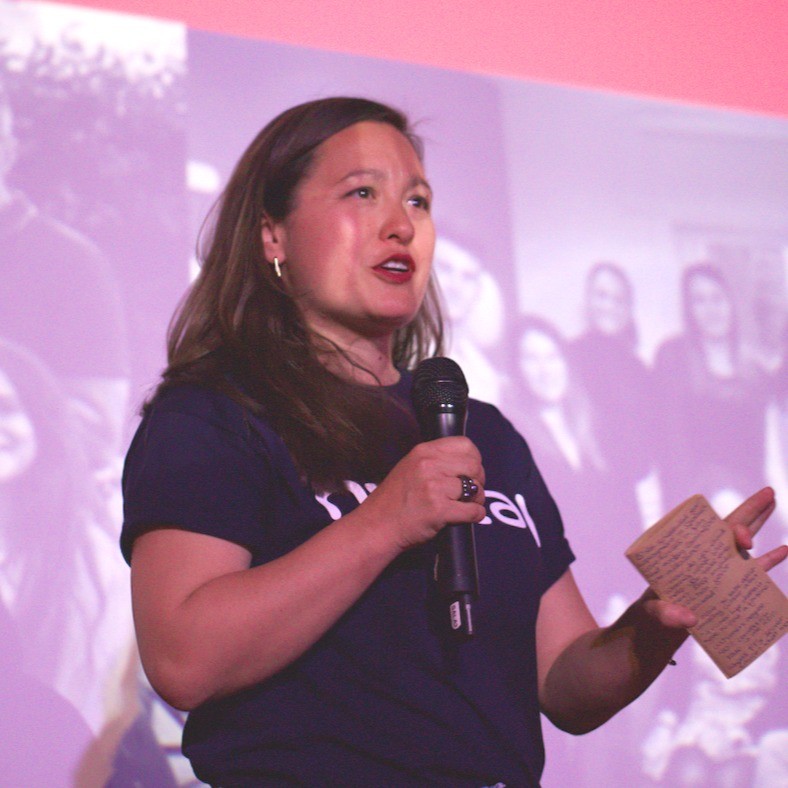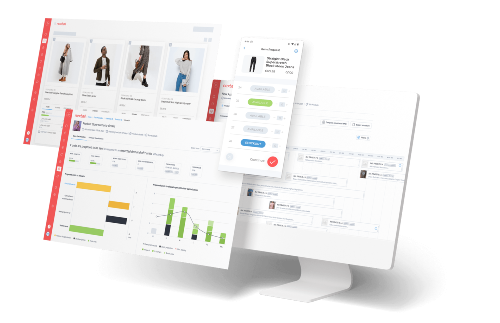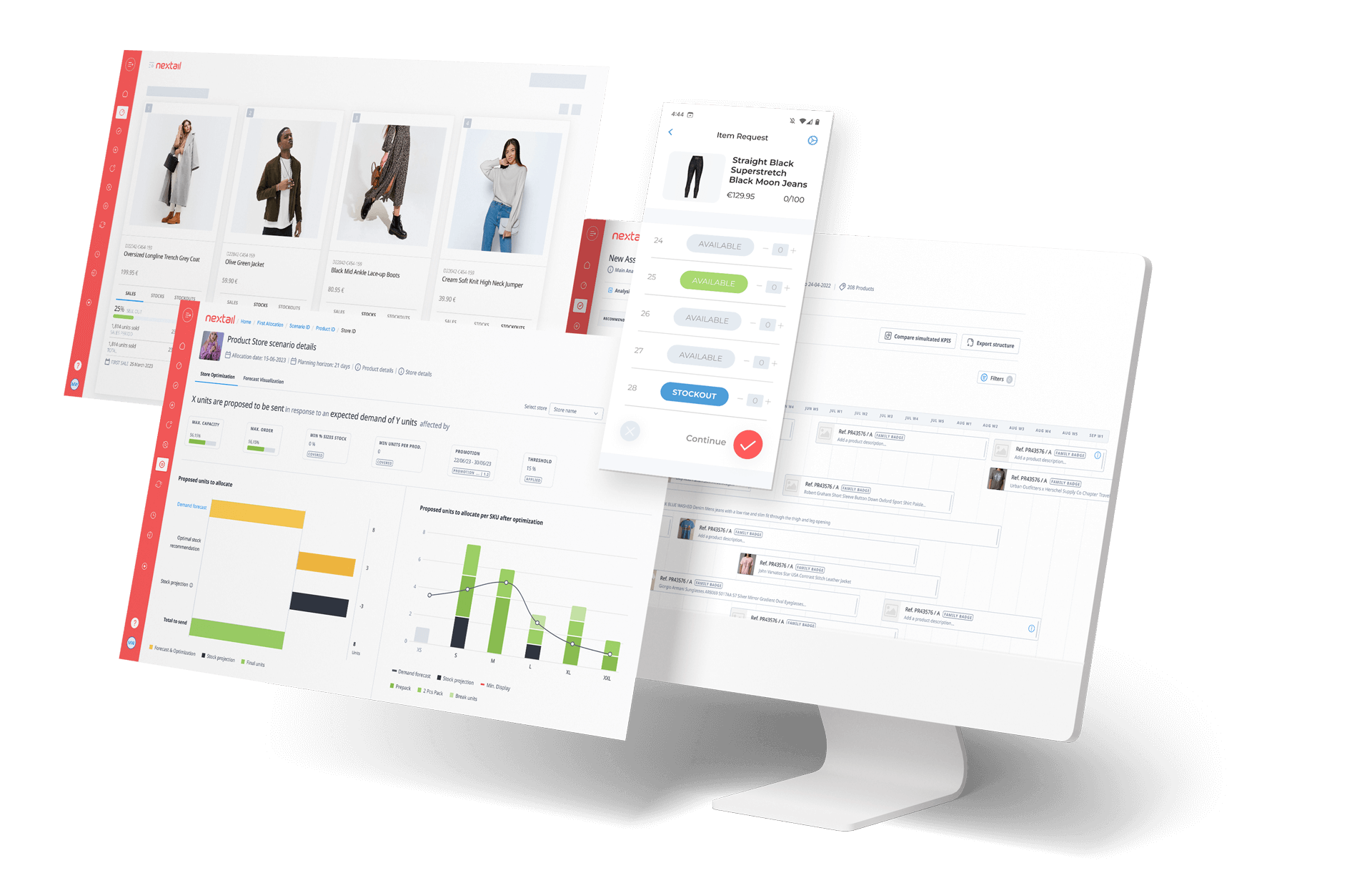Sportswear shoots and scores, while fast fashion fights back
Sportswear brands are the most committed to digital capability and were the fashion retail sector’s biggest investors in data and digital talent recruitment in 2022. But fast fashion brands are snapping at their sneakers, posting their sector’s biggest increase in data-related hires since 2019 and strongest growth in digital capability.
That’s according to Nextail’s Retail Data-Forwardness Index, which tracks data talent in fashion and ranks retailers on the degree to which they prioritize the collection and use of data to drive business strategy and improve the customer experience.
Fashion must invest in digitization and the right talent
The fashion industry is in a state of permacrisis, continuing to reel from the effects of the pandemic, while facing new challenges. This year has added war in Ukraine and inflation to the inbox of leading fashion brands, who are reliant on global supply, production and distribution. As a result, disruption has become the norm.
The one constant, however, is growing investment in digitization to solve historic and fresh pain points and keep abreast of new growth opportunities. In 2021, fashion companies invested 1.6 – 1.8% of their revenues in tech and are set to double this amount to 3% of sales by 2030. While these tech investments include some basic operational technology, retailers are also increasingly looking to advanced tech like AI to gain a competitive edge in customer-facing activities and operations.
But to create a truly data-driven organization, they must employ the appropriate talent to successfully embed both the right tech and mindset into their cultures. These professionals include data scientists, data engineers, and other roles with experience leveraging data. However, this digital journey is taking place unevenly across fashion companies with 55% of executives citing the talent crush as a top factor impacting their businesses. They have also highlighted major skills gaps in areas such as AI and omnichannel customer experience.
The extent to which retailers are succeeding in embedding a data-driven mindset into their organizations is shown in the level of their investments in relevant human capital, in addition to new tech.
All categories have upped investments in data & digital talent
In this fourth annual study, Nextail found most data-driven organizations and categories are continuing to consolidate their winning positions. But will they stay on top?
The RDI also found segments, such as fast fashion, have accelerated their investments in data-related human capital over the last year. This suggests they want to keep up with forceful competition from emerging disruptors like Shein.
The study shows there were a total of 4,245 data-related employees across the companies surveyed, a 44.2% YoY overall increase; and equivalent to an average of 2.5 data-related employees per 1,000 employees.
The majority of retailers included in the Index continued to grow their teams of data specialists, with an overall RD score of 10.2, a 12% YoY increase. The fashion category with the highest level of RD was sportswear (35.7% YoY increase), with the lowest being discount retailers (8.8% YoY decrease).
LS&Co, Nike, Burberry, and Lululemon all feature on the list of brands with the highest overall RD score but Adidas has leapfrogged them to take the number two slot, behind Nike.
Sportswear is still the most data-driven category
But will it last?
The data shows that sportswear is the most data-driven category in 2022, recording the highest number of data-related employees by volume and greatest YoY growth (45.4% increase). In fact, 41.7% of all data-related employees in the 2022 RDI come from sportswear companies.
Sportswear has outranked other fashion categories for the fourth consecutive year. Featuring Nike and Adidas, two of the top five companies with the highest proportion of data-related employees, has helped to consolidate the category’s lead.
Sportswear has enjoyed significant growth in market share since 2020. Sales have been driven by the pandemic as lockdowns and remote working promoted casual apparel and faster growth of athleisure wear.
Increased health awareness and the trend to home exercising also raised demand for loungewear and experts expect consumers will continue to demand more comfortable clothes moving forward. McKinsey, for instance, has forecast sportswear will grow 8-10% per year until 2025 (€295 billion in 2021 to €395 in 2025).
But will growth begin to plateau? Already this year, sportswear companies have seen demand fall as consumers reduce their discretionary spending, due to record-high inflation and McKinsey suggests the fashion industry is preparing for a global slowdown. Adidas, for one, has revised its financial outlooks after experiencing slowing demand and, along with Nike, is expected to reduce production in 2023 due to industry challenges. Both brands have also recently suspended lucrative endorsement deals – Kyrie Irving (Nike) and Kanye West (Adidas).
Nike and Adidas go head to head (again)
Combined, the sportswear giants Nike and Adidas employed 1,599 data-related employees in 2022, equivalent to 37.7% of their total respective workforces.
As Nextail reported in 2021, Adidas is gaining ground on Nike. The brand recorded the biggest increase (122.4%) in the number of data-related employees in 2022 and a massive 150.2% growth in RD, surpassing Nike in absolute terms, which had an RD score of 24.8.
While Nike remains the leader in data-related employees by volume, Adidas’s gains are highlighting the efforts of its well-publicized “Own the game” digital transformation strategy and helping it to catch up with its biggest competitor.
Adidas has also announced a new CEO for 2023, Bjørn Gulden. Gulden was most recently CEO of competitor Puma and is credited with the brand’s turnaround. The industry will be watching to see if he can now help keep Adidas on track?
Fast fashion suffers but finds hope in digitalization
This year, the fast fashion sector recorded its highest YoY increase (16.3%) in the total number of data-related hires and the strongest growth in overall RD (62.9% increase). Both measures indicate a desire to strengthen data and digital capability within the category.
There are several possible reasons for the uplift in talent acquisition. Firstly, fast fashion has come under increasing public scrutiny, particularly in relation to the environment and product quality. While the laundry list of reputational risks continues to grow, many pain points can be mitigated by digital enhancements.
H&M, for example, has been focusing its digital investments in 2022 on supply chain, renewable energy, and sustainable materials – all particular sore spots for the brand. Another major retailer included in the RDI, Inditex, has recently invested in sustainability-focused technology to recycle fabrics back into raw materials.
Secondly, the disruption caused by new entrants such as Shein is undeniable. The Chinese juggernaut’s digitized supply chain has created an enviable, game-changing agility, undoubtedly causing even the most established fast fashion brands to emulate the brand’s speed-to-market.
Data-forward companies will be more agile in a bumpy 2023
Fashion executives, battling the permacrisis, are bracing themselves for another challenging year but looking for ways to continue to advance.
Brands which continue to invest in data-driven decision making, including new digital talent and expertise, will be more agile and better positioned when the uncertainty subsides. They’ll also be ready for any future that may arise.
Click here to learn more about the Retail Data-Forwardness Index and our methodology.



